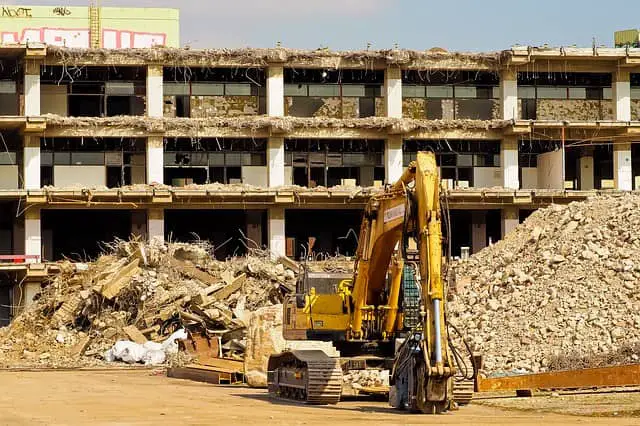Buildings and construction activities together account for 36 percent of global energy use and 39 percent of carbon dioxide emissions, according to a report by the Global Alliance for Buildings and Construction. The construction process consumes significant quantities of natural resources such as wood, glass, aluminum, all of which require energy and habitat destruction to be extracted from the earth’s crust. Physically assembling the building also consumes a lot of energy, most of which is harvested from non-renewable fossil fuels that release pollutants into the environment. On top of that, the daily operation of buildings accounts for 40 percent of the total energy usage worldwide. As the global buildings sector continues to grow, action is needed from different stakeholders in the industry to reduce the carbon footprint of construction activities. Fortunately, there are many opportunities for you to deploy eco-friendly solutions for buildings and construction projects.
Work with eco-conscious construction companies
Although many technologically and commercially viable solutions to environmental pollution exist, most construction companies are yet to adopt them. Fortunately, there is a growing number of green home builders that are stepping up their environmental conservation efforts and coming up with ways to reduce the environmental impact of their projects. Such companies use synthetically-produced green building materials that eliminate the need for destructive mining practices.

For example, you can work with a company that uses Hebel blocks that are faster to build and require a lot less energy than traditional building blocks to keep your home comfortable. Green building companies also use integrated passive designs that use as many natural resources as possible without negatively impacting the environment. For instance, they can build a home whose orientation and positioning of windows take advantage of low winter and high summer sunlight angles, making it possible to light and heat the home naturally.
Use renewable sources of energy
When considering what impact your construction project will have on the environment in the immediate future, you also need to consider the long-term impact. You need to think of clever ways to reduce the lifetime carbon footprint of your building. One way to do that is by using renewable energy sources to power up your building. Advancements in solar technology have made solar energy a viable option for homeowners. It is possible to power up a building sufficiently using solar energy. You can also use wind energy to power up your home, especially if you’re in an area that doesn’t get much sun during winter.
The construction industry is growing at a rapid rate and it is not expected to slow down any time soon. While the industry builds our cities, it is impossible to ignore the impact it has on the environment. It is vital for different stakeholders in the construction industry to work together and come up with ways to reduce the environmental impact of construction activities and erect green buildings that balance design, utility, durability, and eco-friendliness.
Related: Environmental Management